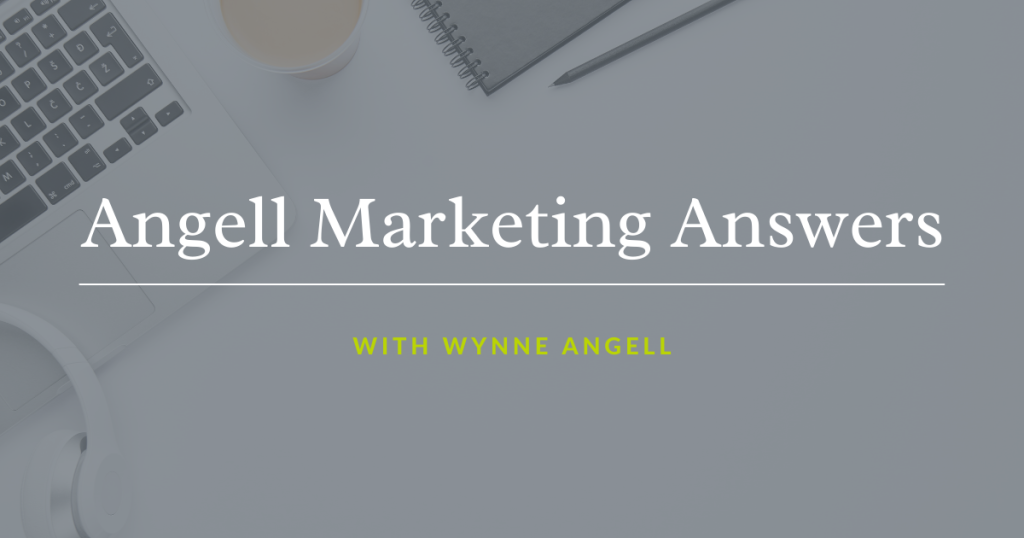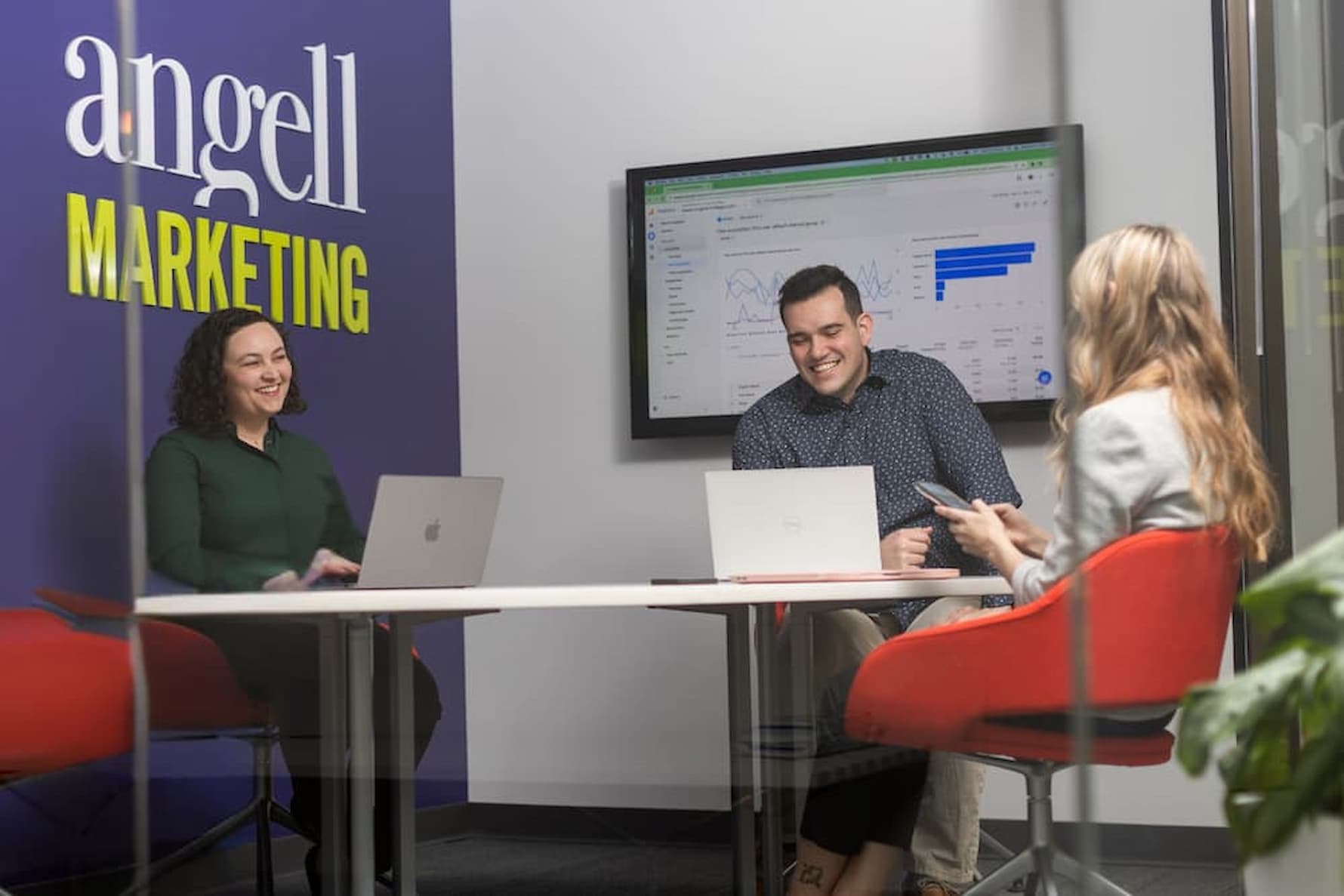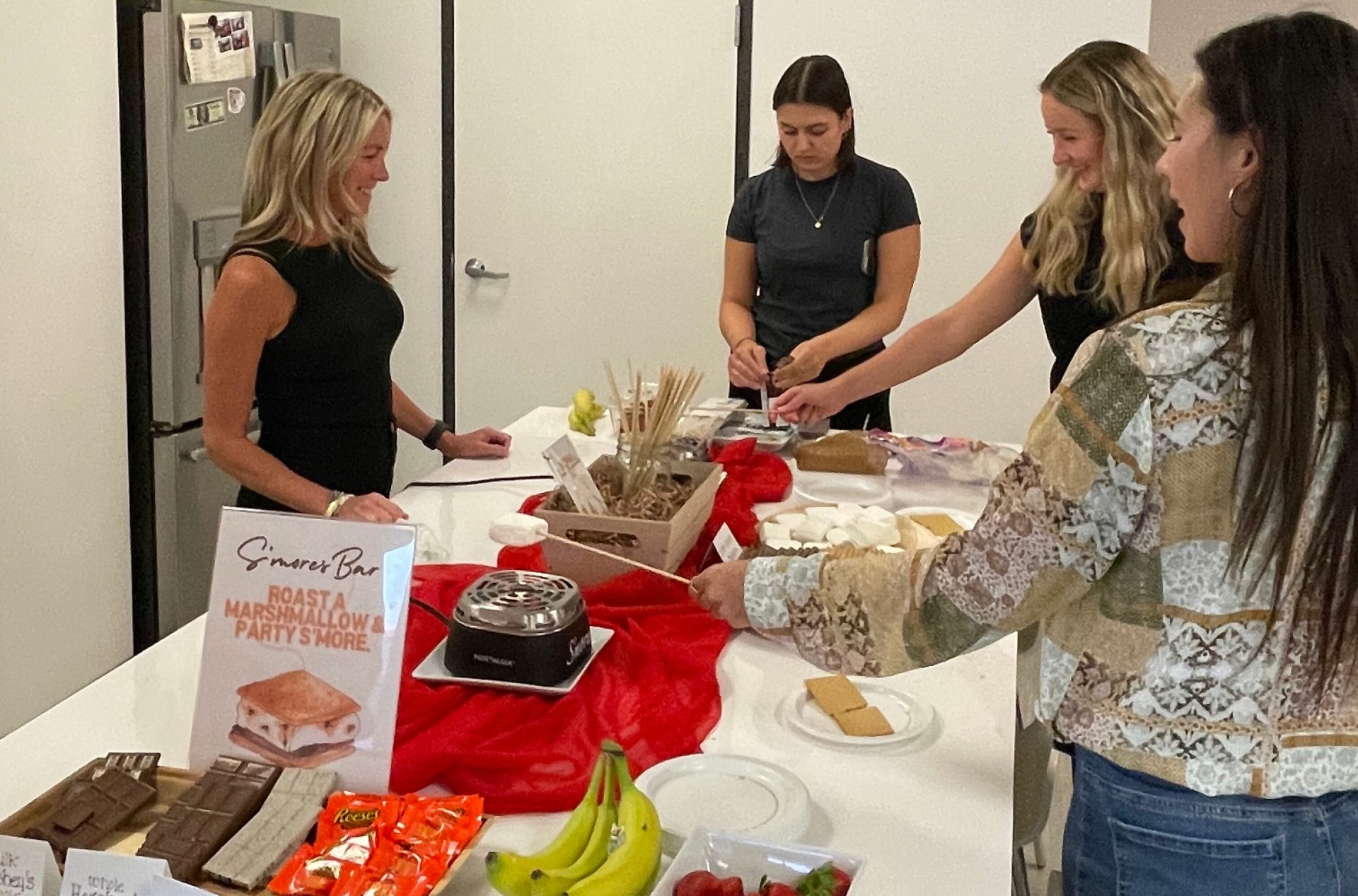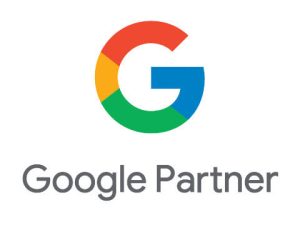With each aging generation, senior living has changed, adjusted, and adapted along with them. In her 35-year career, CEO and founder Wynne Angell has seen some of those changes firsthand. Since starting her career, she’s worked her way from on-site senior living communities to regional director of marketing and sales for a management company to the founder of her own agency. We spoke with Wynne about where she saw senior living at her start and where she thinks the industry is headed.
When and how did you start working in senior living?
After serving in a sales and sales management position, I decided that I wanted to get into marketing, specifically in the health care field. I interviewed with the VP of Marketing at a hospital, but they didn’t have any openings within the department. They were, however, building a senior living community nearby and gave me my first job in senior living. Like others, I didn’t set out to work in senior living but was fortunate to land here. I fell in love with it.
I remember thinking, “Why does it feel so natural?” I realized it was because my mom was always helping seniors and older relatives. It was fun spending time with them and it was very rewarding. I just remembered thinking early on, “What a blessing to enjoy what I do so much and to have the added reward of helping people discover something that will be so beneficial.” Once I got started, one opportunity led to another. And it’s meant so much to have someone say, “if it wasn’t for you we wouldn’t be here”.
What has been the biggest change over the last 35 years?
The biggest change for me since I first started in sales is technology. When I started at my first community, I didn’t have a computer; I had a typewriter. The very first time we started emailing each other was only through the company intranet.
When I first started, I kept information about prospective residents in notebooks. I had forms with questions that I could fill out on each of the leads I was working with. Each time I interacted with them I would fill out more information. I remember shifting over to working within a CRM and how much more effective and manageable that was.
The development of marketing materials back then was so different, too. In 1988, our ad agency would send us a proof in the mail. It would be in an envelope, and we’d mark it up and send proofs back and forth through that way. Days could go by before you’d see the next proof. It’s amazing how technology changed the way we could work and how things now move at such a fast pace.
How has the senior living landscape changed since you’ve been a part of it?
A huge change is the product offerings. When I first started in the business, assisted living was a brand new concept. If someone needed assisted living, it was called residential care or personal care and was part of a skilled nursing center.
It was in my early first few years that assisted living became the more residential offering of assistance. Then, assisted living really took off. By the 2000s, assisted living had grown much faster than independent living and senior living. The growth in for-profits versus non-profits also increased significantly. And more recently, there has been a shift to license independent living communities as assisted living for flexibility and to provide an opportunity to age in place without leaving your residence. Through all the changes, the benefits of having a continuum of care have always prevailed.
How did the senior living industry prepare for the influx of baby boomers?
The industry began anticipating the influx of baby boomers well before it would actually take place. We had the statistics that showed there would be a need for twice as many retirement communities as we had then. That was mind-boggling to think there would need to be double the amount of communities within a couple of decades.
But the other thing that we probably didn’t anticipate was how much that preparation was helping us adapt to working with adult children, knowing the impact they would have on first their parent’s decision and later a decision for themselves. What was important to boomers may not be as important to their parents, but they were becoming more involved in the decision-making.
It was really beneficial to get to know the differences between what would be important for boomers compared to what was important for the silent generation. And now I’ve experienced that myself with my own parents. I know that I impress upon them what I think is important.
We always knew the importance of choice and flexibility, but that has become significant when marketing to seniors now. For example, a lot of changes were made in dining programs and the number of venues because we knew how important that was going to be to boomers in advance.
What has your experience been like in searching for care for your parents? Has it influenced how you continue to market?
I knew what to anticipate and how I would feel. But until it really is your own parents, it’s difficult to truly know. You’re thinking, “Okay, I’m now in the throes of searching to find the right solution,” and it’s daunting. It became so much more personal. My mom recently mentioned that she felt like she had no control over her own life – that we were making decisions for them. I experienced first-hand the downside of not moving into a senior living community before you need it.
We know that most people’s first step is to ask for referrals or look at reviews. That was definitely the step that I took. As far as going through the process for me, it just emphasized what I already knew and what I always tell people. People are making their decision based on the salesperson first. The awareness from the company and the credibility of the company will also have significant importance, but the salesperson is key.
My mom and I made a decision on home care totally based on how we were treated in the appointment. We had two comparable companies. One even had better care offerings for the future, but we based the decision on the salesperson. We liked one salesperson and how they treated us and how they talked to us much better than the other person, even if that company may have provided more options.
Where do you see the industry going to meet the needs of the influx of Baby Boomers?
I think what will be important for baby boomers is more opportunity, more amenities, more flexibility. I think rental communities are going to grow. There’s just less flexibility in paying an entrance fee compared with rental options. I know many people who think, “I want to do this now, but what if I change my mind?” So I think the flexibility of the rental concept is going to be even more important for baby boomers.
I think that there will also be a move to more multigenerational master-planned communities. Urban walkable communities are really going to be a future demand as well.
What has the response to the pandemic taught you as a marketer in senior living and will there be any lasting changes?
I think that the need for digital marketing will continue to increase. Everyone thought the industry was catching up with the digital world, but in ways, we weren’t yet. The pandemic has shown us that we needed to increase the amount of information available on websites. While in the past we thought the purpose of the website was to provide enough information to get someone to inquire, we know now they won’t inquire unless they can do significant research ahead of time. We didn’t place as much importance on posting virtual tours previously because we wanted to encourage in-person tours.
But I don’t think that digital is going to replace in-person visits and the importance of relationship-building in the decision-making process. It’s just that digital is going to continue to be a part of the process. We’re going to have to continue to be creative in our approach especially when boomers are seeking information.
Has the pandemic reinforced previously held tactics?
What’s not going to change moving forward is the need to invest in marketing. More digital, more virtual, more video, even event marketing. What we already knew is still true in that event invitations do more than just market the event. Event invitations help individuals form an opinion and create an image in their minds about the community and what goes on there. Even if a person doesn’t respond to the invitation because they aren’t ready to come to an event, it’s still marketing to them. They might not respond to an event invitation for 3 years. Then all of a sudden they do. They have that significant event happen in their life and say, “We do need to start looking at this. We think we might be closer to being ready.”
How Can We Help?
Our team is here to take what we know and have experienced to help your community and sales team reach your goals. We’d love to learn more about your community’s needs and create a personalized solution for you. Give us a call at 602.997.2460 to learn more or fill out a form here.
Check out our about us page to learn more about our team or follow us on LinkedIn for news and updates. For more insights into the Angell Marketing team, check out our conversations with Dawn Sigmen and Lesli Knee.
STORYTELLING IN SENIOR LIVING MARKETING
Data. We collect it. We analyze it. We respect its power and celebrate its impact. And, yes, we put it front and center in our effort to market senior living communities in the most targeted way….
The Importance of Company Culture
Company culture matters. And for some, it can be just as – or even more important than – salary. An uplifting workplace culture isn’t just a perk anymore; it’s one of the main contributors to an…




